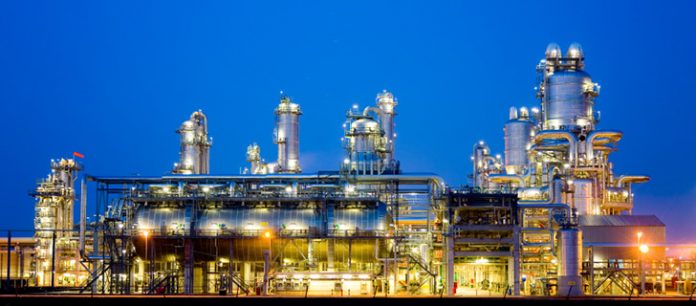Hundreds of thousands of people around the world die early every year because of exposure to air pollution caused by use of chemical products and fuels, including paints, pesticides, charcoal, and gases from vehicle tailpipes, according to a study out of the University of Colorado at Boulder. Led by former CIRES postdoctoral researcher Benjamin Nault and CIRES Fellow Jose-Luis Jimenez, the study determined that air pollution caused by “anthropogenic secondary organic aerosol” causes 340,000-900,000 premature deaths annually. Those are tiny particles in the atmosphere that form from chemicals emitted by human activities. And “that’s more than 10 times as many deaths as previously estimated,” said Nault. His work, published today in Atmospheric Chemistry and Physics, builds on findings by CU Boulder, NOAA, NASA, and others that emissions from everyday products are increasingly involved in forming pollutants in urban air. “The older idea was that to reduce premature mortality, you should target coal-fired power plants or the transportation sector,” Nault said. “Yes, these are important, but we’re showing that if you’re not getting at the cleaning and painting products and other everyday chemicals, then you’re not getting at a major source.” Atmospheric researchers have long understood that particles in the atmosphere small enough to be inhaled can damage people’s lungs and increase mortality. Studies have estimated that fine particle pollution, often called PM2.5, leads to 3-4 million premature deaths globally per year. To determine the mortality impact of several sources of fine particles, the team dug into data from 11 air quality studies carried out in cities around the world in the last two decades. They drew on detailed databases of chemical emissions from cities including Beijing, London, and New York City, and they ran those numbers through sophisticated air quality models that also incorporate satellite data. They found that the production of secondary organic aerosol in those 11 cities was strongly correlated with specific organic compounds emitted by people’s activities. The chemicals at issue – called aromatics and intermediate- and semi-volatile organic compounds – are emitted from tailpipes and cooking fuels such as wood and charcoal, and increasingly from industrial solvents, house paints, cleaning products, and other chemicals. It is increasingly clear that chemicals that contribute little to ozone formation may still contribute seriously to particle formation. “Because this effect has been thought to be small, it hasn’t been targeted for control,” Jimenez said. “But when you take the atmospheric chemistry into account and put it into a model, you find that this particular source is killing a lot of people.”
https://phys.org/news/2021-08-particles-pesticides-deadly-impact.html


